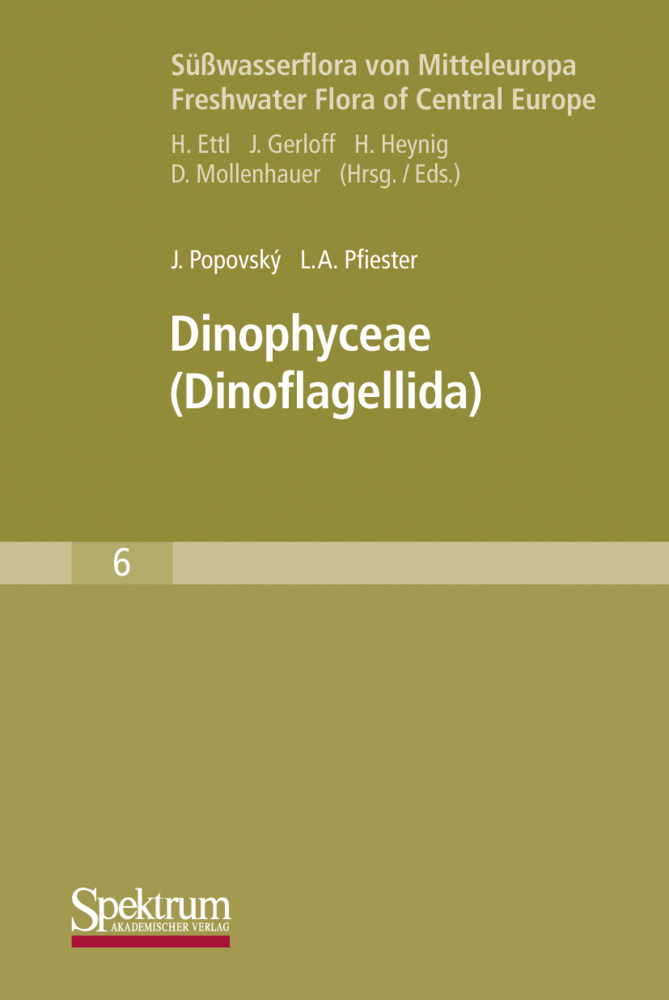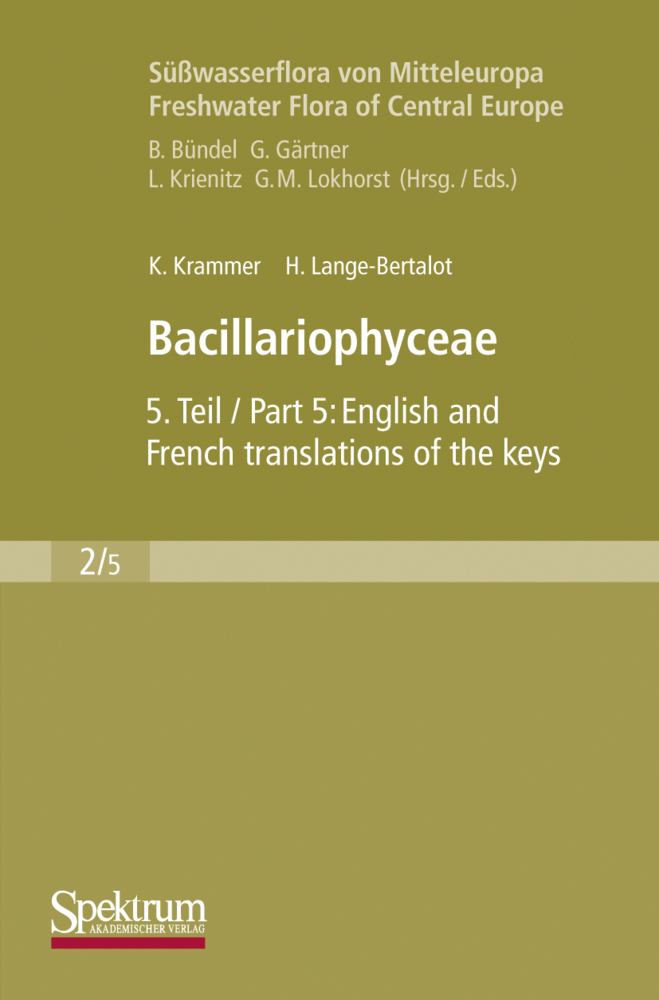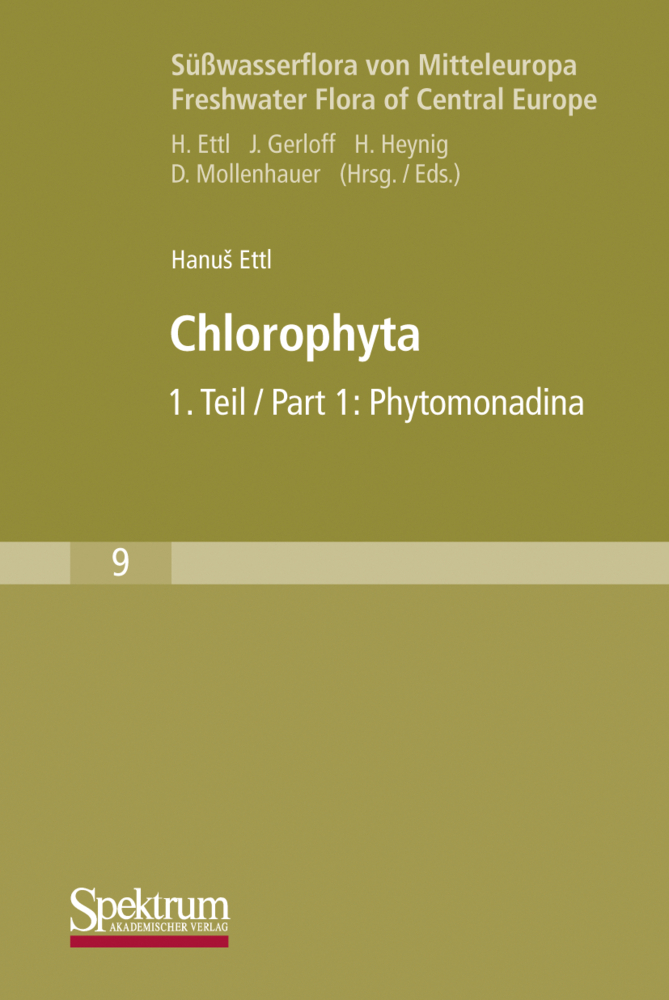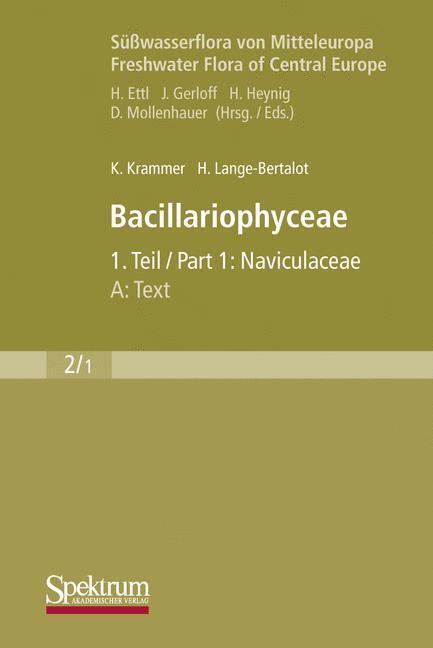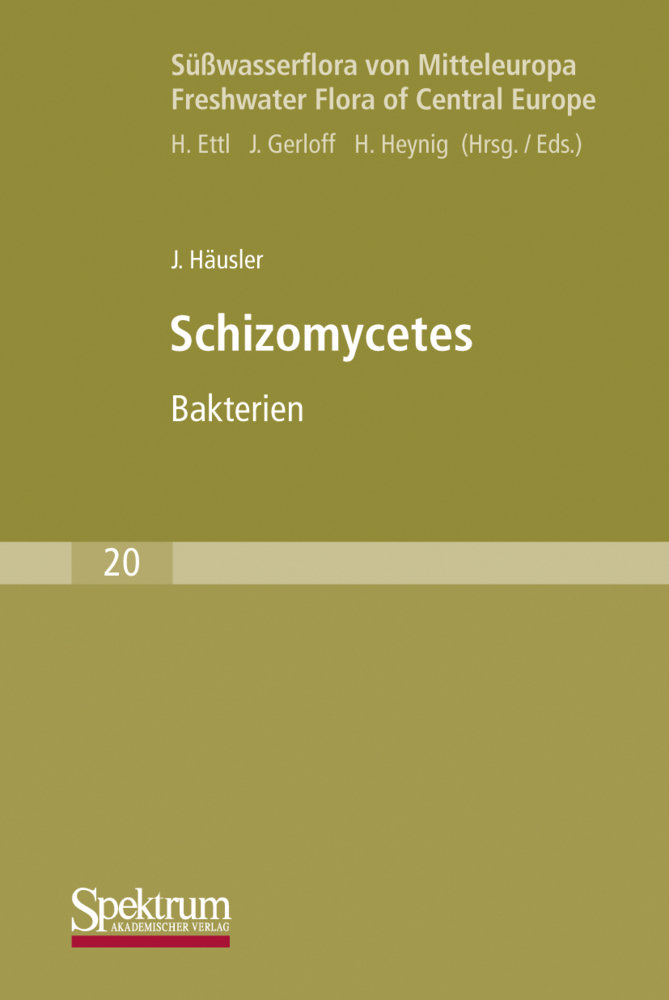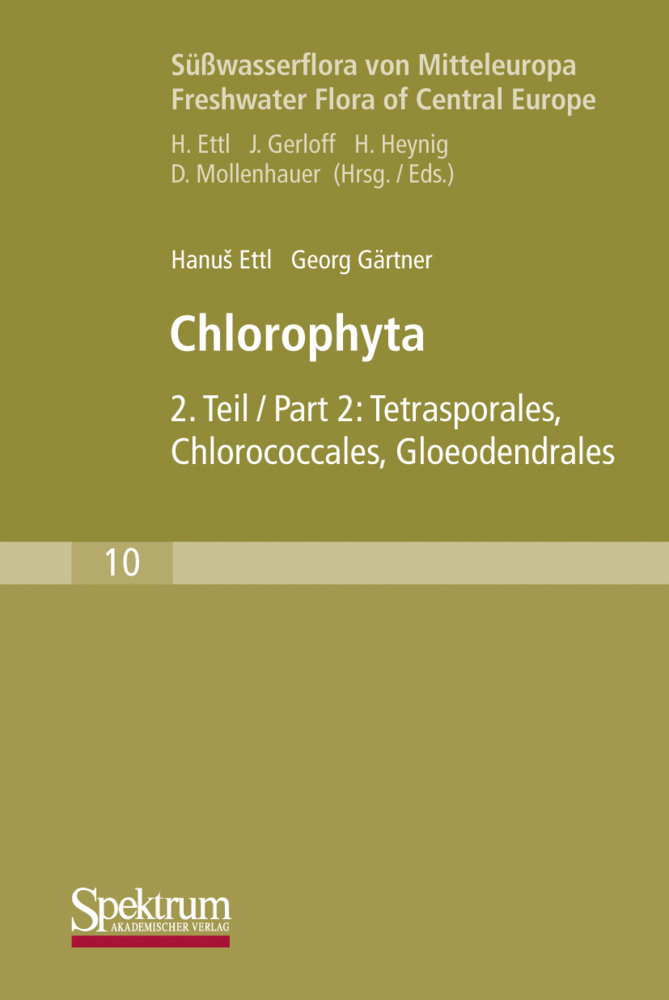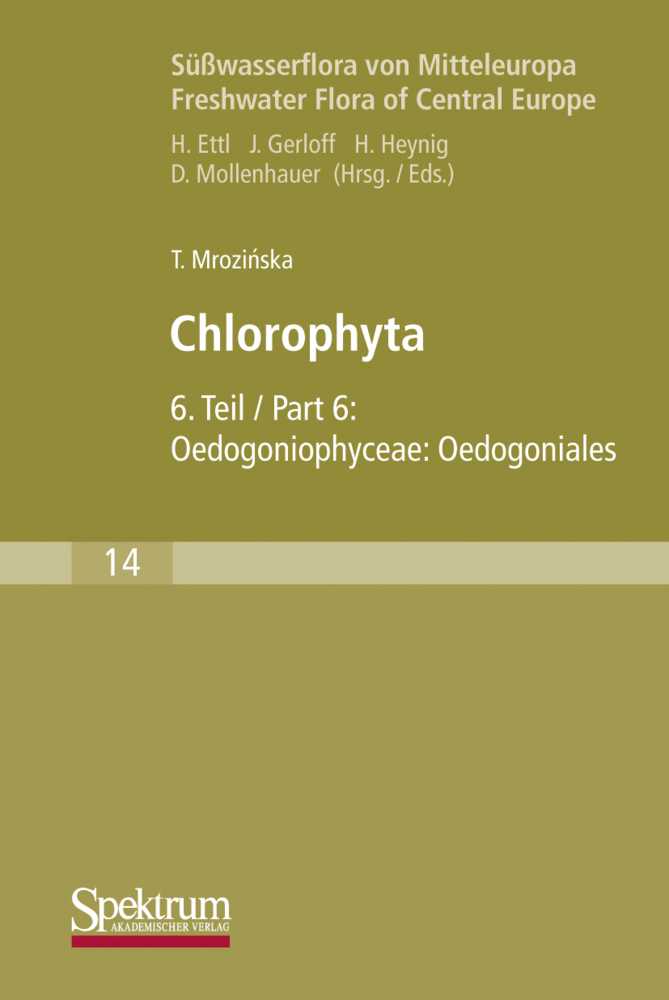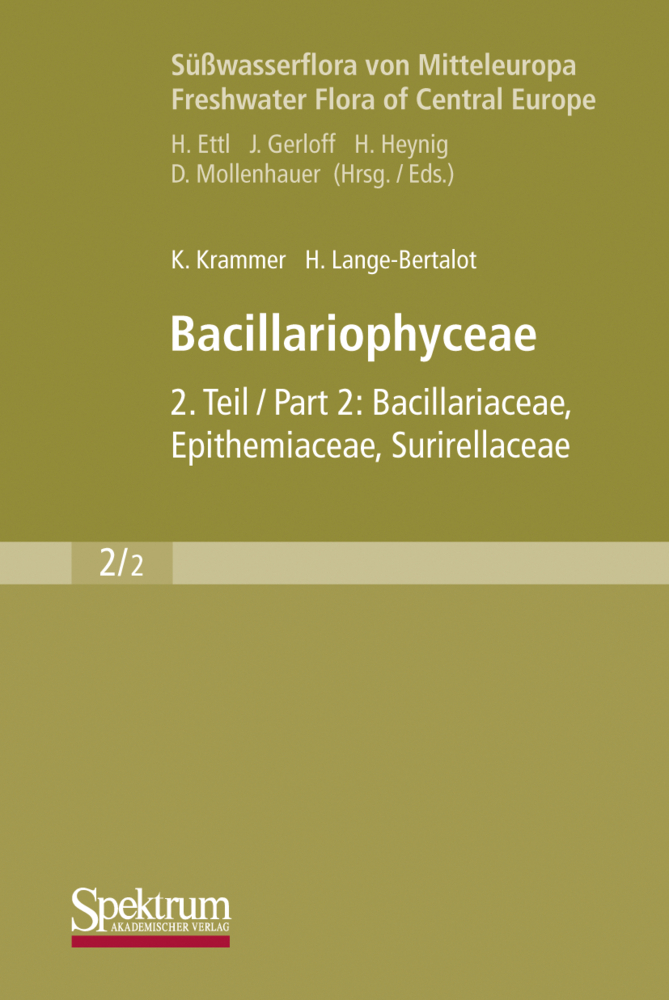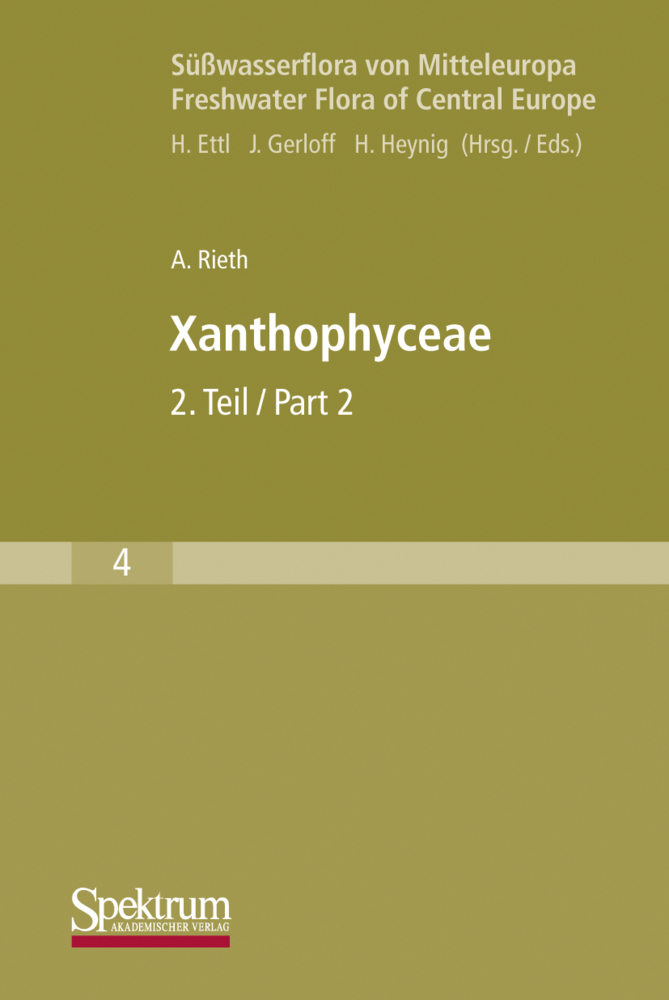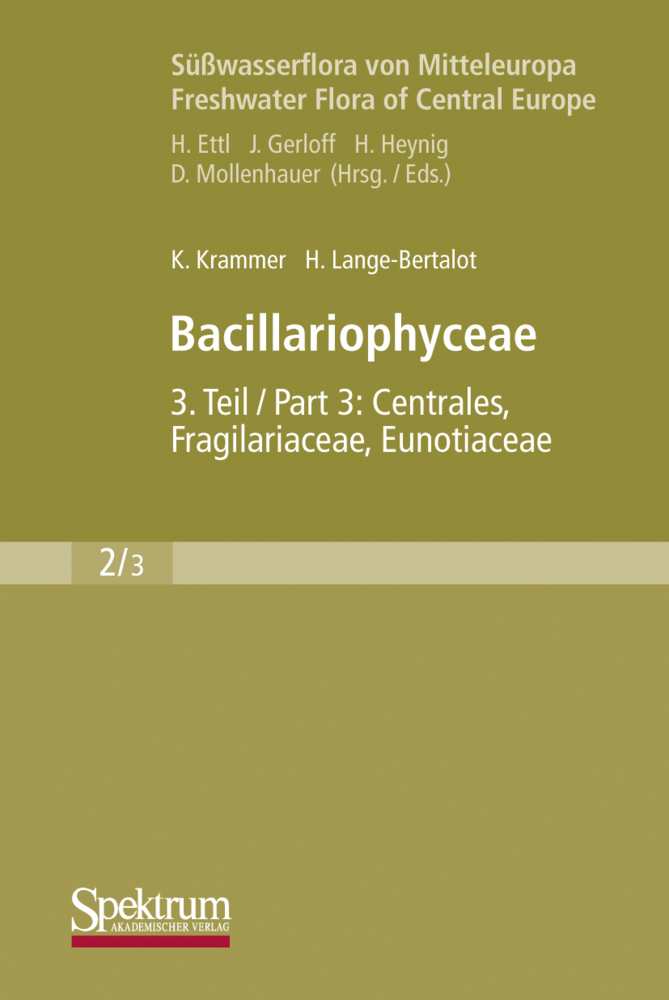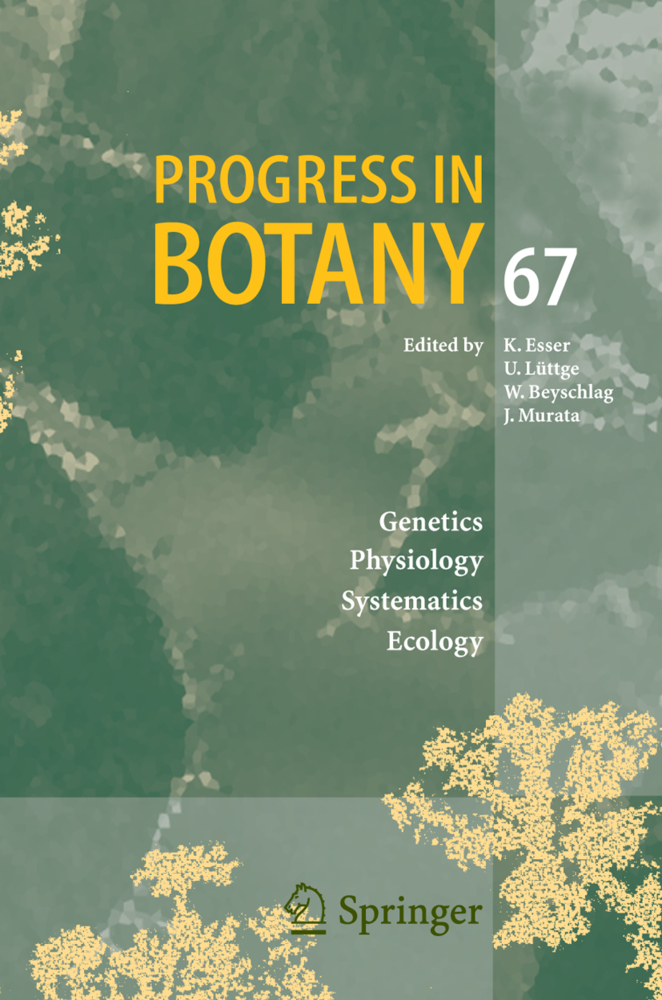Dinophyceae
Dinophyceae
This volume is a compilation of Dinophyceae which are of interest to phycologists and protozoologists. Since it is very difficult to classify of the unicellular organisms as plants or animals two approaches can be found to the classification of dinoflagellates - the botanical and zoological. We have employed the phycological (botanical) approach in our textbook. However, we view the dinoflagellates as protists which exhibit both plant and animal features.
Classically phycologists divided dinoflagellates into monads, rhizopods, coccals, capsals and trichals based on morphology. During our studies of freshwater dinoflagellates we have observed and recorded stages transcendent among these forms. We have also lumped many poorly described species. We have listed in the appendix all the freshwater species known. Thus we face a dilemma wether to compile dinoflagellates according to classical systematics or to use the classical approach inserting new information. We have chosen the latter.
I. General part
1. Introduction
2. Cell structure
3. Morphology
4. Reproduction
5. Resting stages
6. Life history and cell growth
7. Occurrence and ecology
8. Sampling, identification and culture methods
9. Classification
II. Special part
Dinophyceae
1. Subclass Adinophycidae, 1. Order Desmomastigales, 1. Family Desmomastigaceae Christensen, 2. Family Protaspidaceae Skuja, 3. Family Spiromonadaceae Brugerolle and Mignot
2. Subclass Dinophycidae, 1. Order Peridiniales, 1. Family Gymnodiniaceae (Bergh) Schütt, 2. Family Woloszynskiaceae Bourrelly, 3. Family Hemidiniaceae Bourrelly, 4. Family Glenodiniopsidaceae Schiller, 5. Family Peridiniaceae Ehrenberg, 6. Family Ceratiaceae (Schütt) Lindemann, 7. Family Gonyaulacaceae Lindemann, 8. Family Dinosphaeraceae Lindemann, 2. Order Dinococcales, 1. Family Dinococcaceae Fott.
Popovský, Jirí
Pfiester, L.
Büdel, Burkhard
Gärtner, Georg
Krienitz, Lothar
Preisig, Hans-Rudolf
Schagerl, Michael
| ISBN | 978-3-8274-2098-5 |
|---|---|
| Artikelnummer | 9783827420985 |
| Medientyp | Buch |
| Copyrightjahr | 2008 |
| Verlag | Springer Spektrum |
| Umfang | 272 Seiten |
| Abbildungen | 272 p. |
| Sprache | Deutsch |

